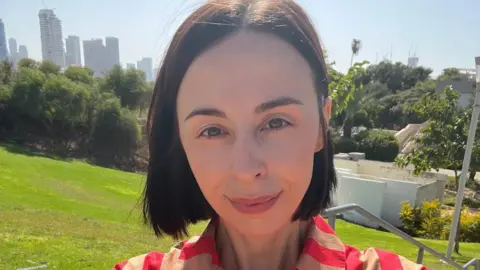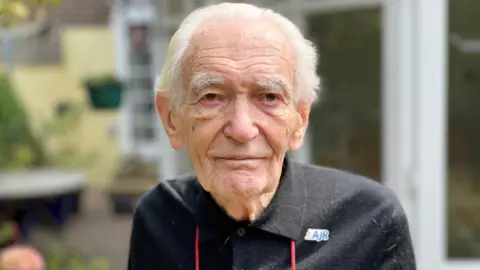A railway station will host a Kindertransport exhibition to tell the story of 10,000 children who fled Nazi Germany.
The critically acclaimed exhibition, A Thousand Kisses, will be on display at Lowestoft Railway Station from January 27.
The exhibition tells the story of the Kindertransport through the experiences of eight children.
Between December 1938 and May 1940, almost 10,000 unaccompanied mostly Jewish children were brought to Britain from Nazi Germany, Austria, Czechoslovakia and Poland in what became known as the Kindertransport.
Lowestoft Railway Station welcomed more than 500 children escaping Nazi persecution in Vienna in December 1938.
Yasmin Gledhill, digital engagement and community outreach officer at the Weiner Library, said: “We’re delighted to provide Lowestoft Railway Station with our A Thousand Kisses exhibition which tells the story of the Kindertransport through the experiences of eight children and the loved ones they left behind.
“Now more than ever, the story of persecution, migration and refuge must be shared.”
Martin Halliday, development officer at Community Rail Norfolk, added: “It is an honour to have secured this exhibition for Lowestoft, itself an arrival point of the Kindertransport.
“It will provide the public with a fascinating insight into this incredible initiative.”
Hosted by the Wherry Lines Community Rail Partnership and the Lowestoft Central Project, the free exhibition, staged as part of the National Railway 200th Anniversary, opens in the Parcels Office at Lowestoft Station at 1pm on Holocaust Memorial Day, Monday, January 27, 2025, and runs through on selected dates until February 8.
For many years, Lowestoft Station has hosted the annual Civic Service of Remembrance for Holocaust Memorial Day.
In 2023, a permanent interpretation panel retelling the events leading up to and arrival of the Kindertransport in Lowestoft was unveiled on the station concourse.




















